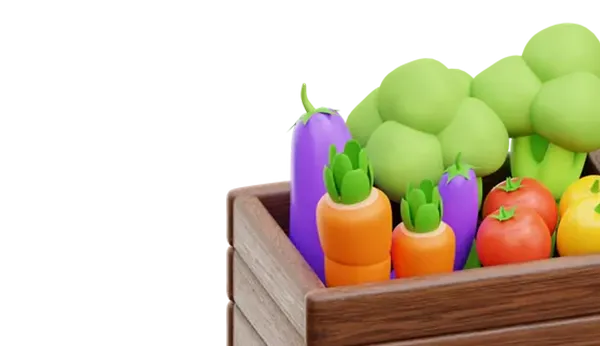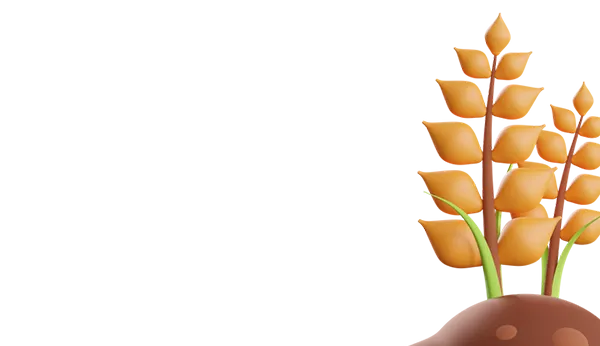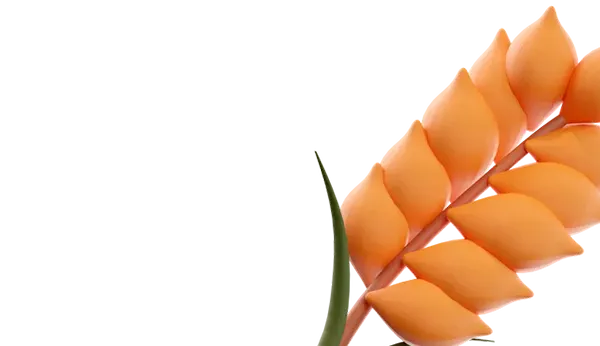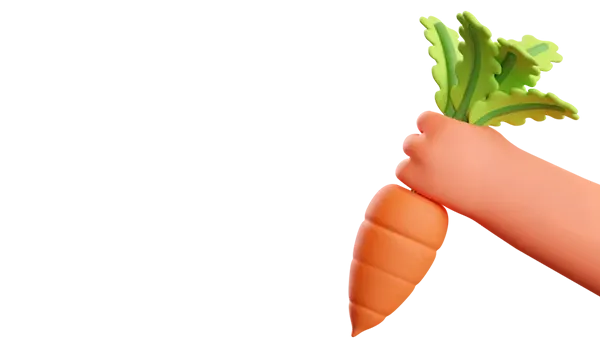The Ministry of Agriculture of Russia has divided the main part of the wheat export quota for 2025 among 219 companies. Last year there were 261 companies, and in 2023 - 203 companies. This information is stated in the order published on the department's website.
Starting from February 15th of this year, the export quota for wheat is set at 10.6 million tons. However, it does not apply to barley, corn, and rye, for which the quota is zero.
The company "Grain Gates" received the largest share of the quota - almost 2.4 million tons. The share of the "Aston" company amounted to about 991.2 thousand tons, "OZK Trading" - 494.4 thousand tons, "Rodnye Polya" (previously known as TD "Rif"), transferred to the ownership of Rosimuschestvo, received 404.1 thousand tons, and "Zernovoy Export" - 174.6 thousand tons.
It is important to note that the quota does not apply to shipments to countries within the Eurasian Economic Union. It also does not limit the export of grain for providing international humanitarian aid to foreign states based on government decisions.
If the export exceeds the allocated quota, the rate will be 50%, but not less than 100 euros per ton, as reported by the customs subcommittee.
Since 2020, Russia has started to quota grain exports. In 2020, a restriction of 7 million tons was introduced from April 1st to June 30th. In 2021, a new quota of 17.5 million tons was in effect from February 15th to June 30th. At the end of 2021, a decision was made on an annual quota, effective from February 15th to June 30th. The quota for 2022 was 11 million tons, including 8 million tons of wheat. For 2023, a quota of 25.5 million tons was envisaged without differentiation by grain types. The quota for 2024 was 29 million tons (initially set at 24 million tons, but then a decision was made for an additional quota of 5 million tons). It also did not provide for differentiation by grain types.
Starting from 2024, according to the government decree, the grain export quota beyond the EAEU will be divided into primary and additional parts. The primary part (90%) will be distributed based on a historical principle. Each exporter will be assigned a reducing coefficient, which will be calculated based on the percentage of quota utilization in the previous period. The new mechanism also gives exporters the right to voluntarily waive the quota or part of it. Statements of refusal will be accepted from April 1st to 20th.
The additional part of the quota will consist of three components: 10% of the total quota volume, the volume "freed up" as a result of the application of the reducing coefficient, and the volume created by waivers. Only exporters who have already been allocated the primary quota based on the historical principle can apply for the additional part.
As Minister of Agriculture Oksana Lut stated in an interview with the newspaper "Vedomosti," last year the quota was only utilized by 76%. In 2025, the share of companies that did not fully utilize their quota will be proportionally reduced by introducing an adjustment coefficient.
The official forecast for grain export potential for the current season (July 2024-June 2025) is estimated at 55 to 57 million tons. Last year, Russia exported 72.2 million tons of grain, including 54.1 million tons of wheat.















